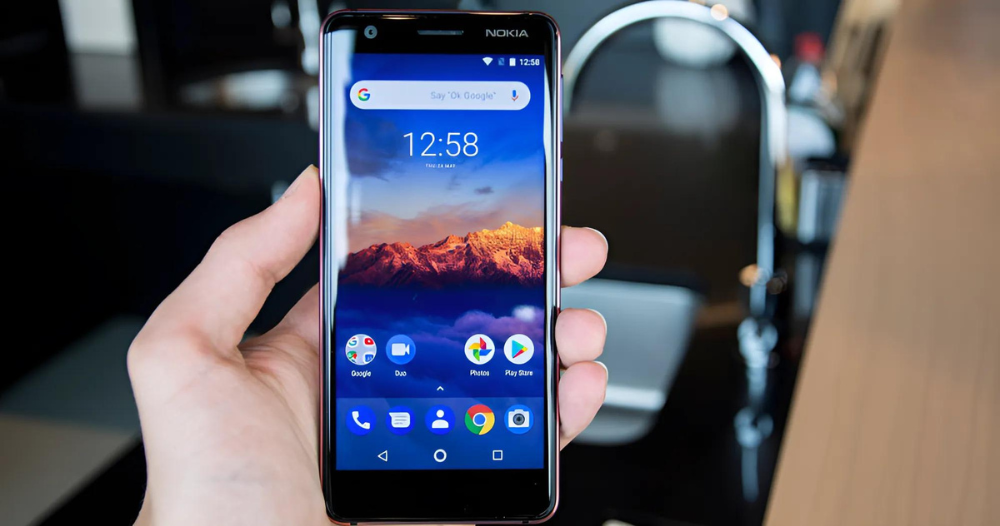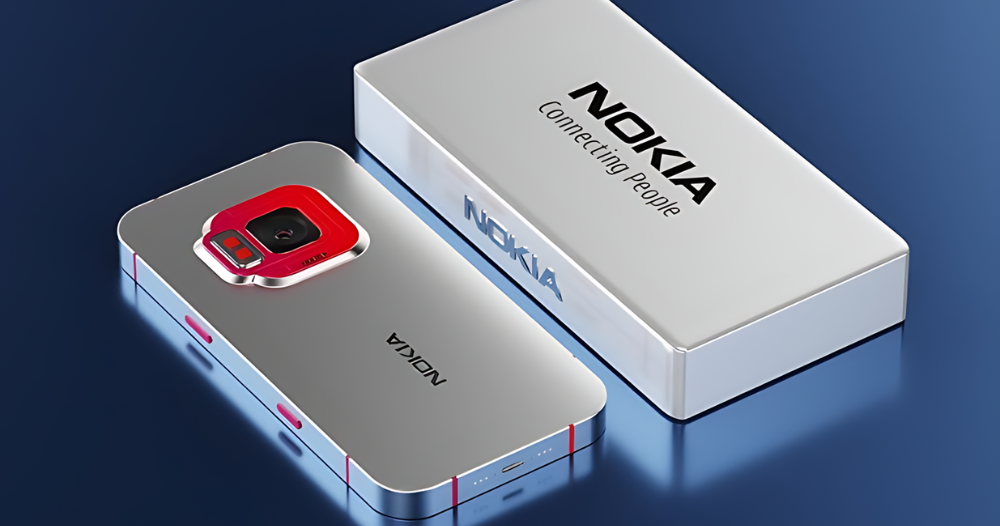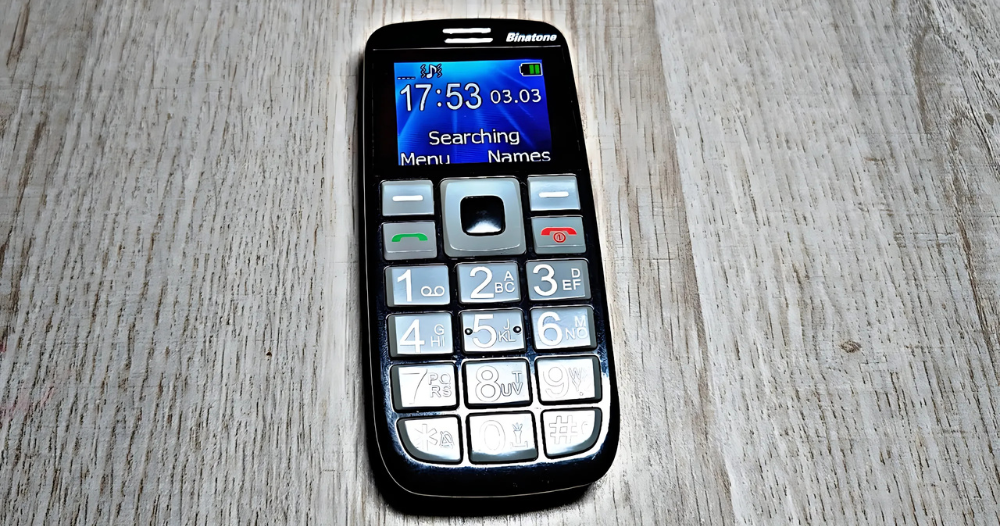Discover the evolution of Nokia smartphones, from durable classics to modern Android devices, offering reliability, security, and long-term software updates.
Table of Contents
Introduction
Nokia, once the undisputed king of mobile phones, holds a significant place in the history of mobile technology. Renowned for its durable devices, user-friendly interfaces, and revolutionary designs, Nokia shaped the early days of mobile communication. However, as the smartphone industry transitioned to touchscreens and app-centric ecosystems, Nokia found itself struggling to keep up. Today, under HMD Global, Nokia has reinvented itself in the smartphone market, leveraging Android to make a strong comeback. In this blog, we’ll explore Nokia’s fascinating journey, the challenges it faced, and how it re-entered the market with new innovations.
The Rise of Nokia: A Mobile Pioneer
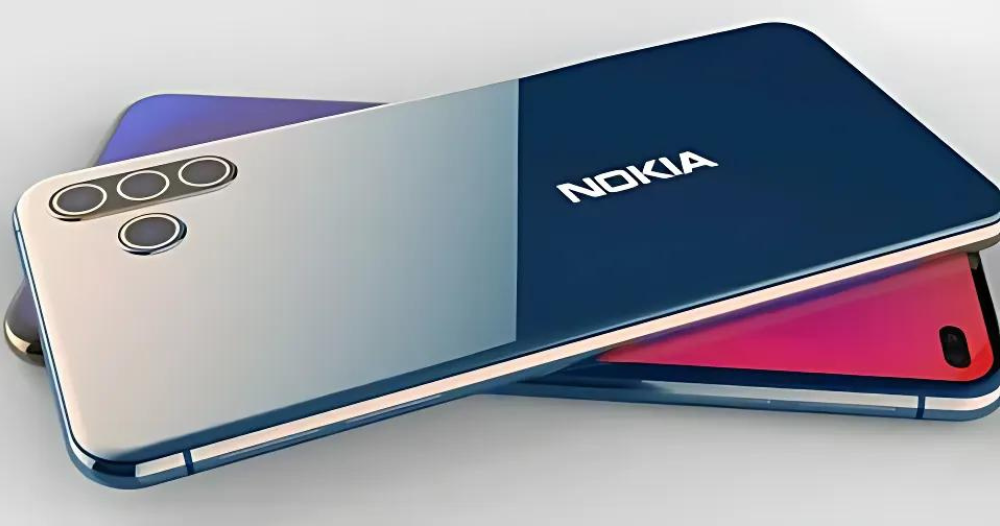
Nokia’s history as a mobile company dates back to the late 1980s, but it was in the 1990s and early 2000s that the brand became a global leader. Known for its quality and durability, Nokia’s phones were the gold standard, especially with iconic models like:
- Nokia 3310 (2000): Famous for its indestructibility, long battery life, and simple, functional design, the 3310 became a cultural icon. It’s still fondly remembered for its ability to withstand drops, scratches, and even water damage.
- Nokia N95 (2007): One of the most advanced phones of its time, the Nokia N95 combined a camera, GPS, media player, and web browsing capabilities. Its dual-slider design and high-end features made it a favorite for early smartphone users.
By 1998, Nokia became the largest mobile phone manufacturer globally, a position it held for over a decade. At the height of its dominance, Nokia sold over 400 million phones a year and controlled 40% of the mobile phone market.
Key Innovations by Nokia:
- First GSM Call (1991): Nokia was responsible for the world’s first GSM call, setting the foundation for modern mobile communication.
- Symbian OS: Nokia’s proprietary operating system, Symbian, was the first real smartphone OS, providing multi-tasking and app support long before the iPhone.
- Durability and Reliability: Nokia phones were known for their robust build quality, long-lasting battery life, and functional simplicity, making them popular in developing markets and among those who needed reliable communication tools.
Nokia’s Decline: Missing the Smartphone Revolution
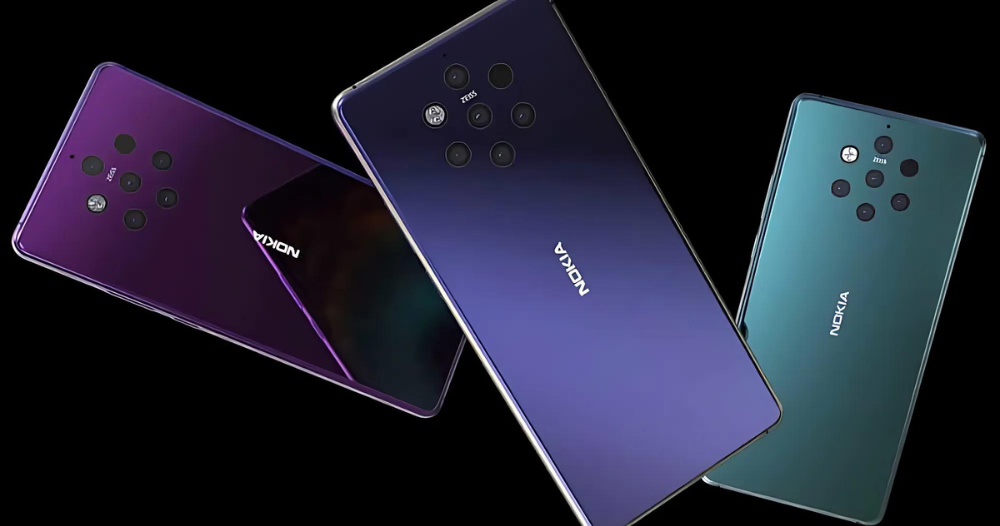
Despite its strong start, Nokia failed to adapt quickly to the smartphone revolution. The introduction of the iPhone (2007) and Android OS (2008) marked a paradigm shift in mobile technology. These new platforms emphasized touchscreens, app ecosystems, and user-friendly operating systems, while Nokia remained heavily invested in Symbian OS.
Key Factors in Nokia’s Decline:
- Failure to Embrace Touchscreens Early: While competitors like Apple and Samsung moved quickly into the touchscreen market, Nokia held on to physical keyboards and resisted adopting full touchscreens.
- Symbian’s Decline: Although Symbian had once been a leading smartphone OS, it became outdated and difficult for developers to work with as iOS and Android grew in popularity.
- Microsoft Partnership: In 2011, Nokia partnered with Microsoft to adopt Windows Phone as its primary OS. While the Nokia Lumia series was well-reviewed for its hardware quality and design, Windows Phone struggled to attract developers and lacked the rich app ecosystem of Android and iOS.
By 2014, Nokia’s mobile phone division was sold to Microsoft, marking the end of an era. Nokia devices remained relevant in certain niches, but the company’s overall market share and influence had plummeted.
Nokia’s Rebirth Under HMD Global: Embracing Android

Nokia made a triumphant return to the smartphone market in 2017 through a partnership with HMD Global, a Finnish company that licensed the Nokia brand. Learning from past mistakes, Nokia embraced Android OS, which gave them access to the largest app ecosystem in the world.
Nokia’s Android Strategy:
- Pure Android Experience: Unlike many other manufacturers, Nokia offers a near-stock Android experience with minimal bloatware. This approach allows for smoother performance, timely updates, and a focus on security.
- Android One and Android Go: Many Nokia smartphones are part of Google’s Android One program, which guarantees two years of major OS updates and three years of security patches. This has been a significant selling point for Nokia in regions where software longevity is crucial. Nokia’s Android Go devices also cater to entry-level users, providing a smooth experience even on low-cost hardware.
- Sustainability and Design: Staying true to its roots, Nokia continues to emphasize build quality and design. Recent models are known for their ruggedness, with many devices receiving MIL-STD-810G certification for durability, further reinforcing Nokia’s commitment to long-lasting products.
Popular Nokia Android Models:
- Nokia 8 (2017): The company’s flagship under HMD Global, the Nokia 8 featured a sleek aluminum body, dual cameras with ZEISS optics, and clean Android software.
- Nokia 9 PureView (2019): Known for its five-camera array, the Nokia 9 PureView was a bold experiment in mobile photography. It allowed for impressive depth and detail in photos, but some technical shortcomings meant it wasn’t widely successful.
- Nokia G20 (2021): Targeting the budget segment, the Nokia G20 offers excellent battery life (up to 3 days) and solid build quality for an affordable price, making it a popular choice in emerging markets.
Current Lineup and Market Positioning
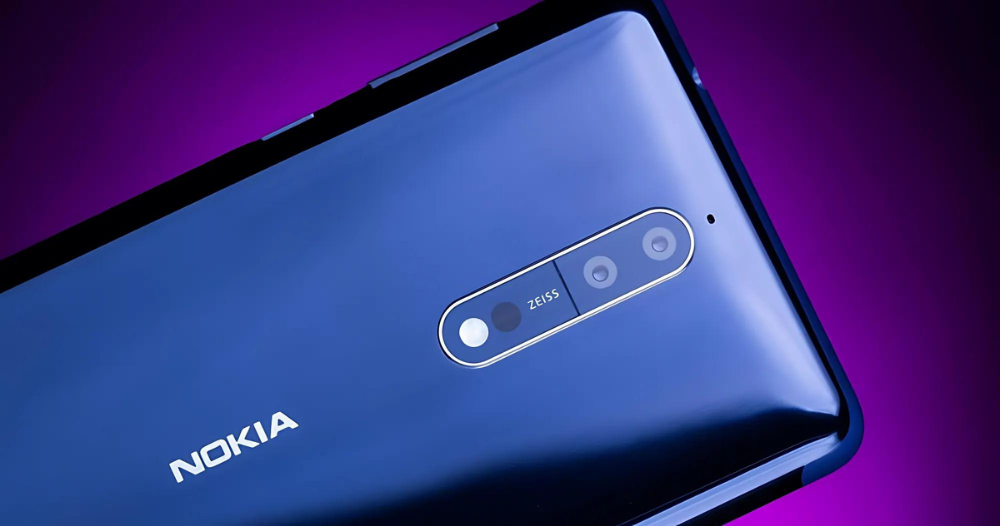
As of 2024, Nokia offers a range of smartphones tailored to different market segments. These devices combine Nokia’s trademark durability with the modern features consumers expect, such as 5G connectivity, AI-enhanced cameras, and large displays.
Nokia’s Key Smartphone Lines:
- Nokia C Series: Budget smartphones with a focus on essential features, long battery life, and affordability. These devices run Android Go, making them ideal for first-time smartphone users.
- Nokia G Series: Mid-range devices offering a balance between performance and cost, with AI-driven cameras, larger screens, and multi-day battery life.
- Nokia X Series: Nokia’s flagship range, featuring premium materials, 5G support, and advanced camera systems. These devices compete in the upper-midrange segment, appealing to users seeking high performance without flagship prices.
Competitive Advantages:
- Commitment to Security and Updates: Nokia’s promise of regular software and security updates gives it a unique edge in a market where many manufacturers fail to offer long-term support.
- Durability: With a strong focus on robust build quality and sustainability, Nokia continues to appeal to users who prioritize durability in their devices.
- Affordability: Unlike other premium brands, Nokia focuses on providing value across price points, offering quality devices at reasonable prices.
The Future of Nokia Smartphones: What’s Next?
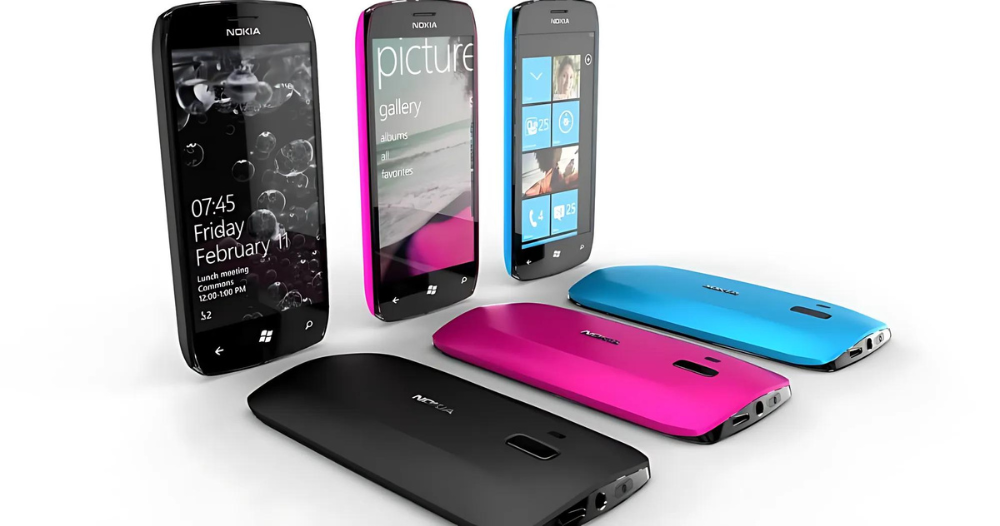
Nokia’s future looks promising, especially in emerging markets where affordability, durability, and long-term software support are critical factors. Nokia plans to continue expanding its 5G portfolio, improving camera technology, and introducing more eco-friendly designs.
The company is also investing in AI-driven software and imaging technologies, which will help it compete with larger players in mobile photography. As smartphone technology continues to evolve, Nokia’s commitment to simplicity, reliability, and security will likely serve as its core identity.
Conclusion
Nokia’s journey from being the leader of the mobile phone industry to its downfall and subsequent rebirth is a testament to resilience and innovation. Today, Nokia smartphones cater to a wide audience by offering reliable, affordable, and secure devices that prioritize user experience. As the brand continues to evolve, Nokia’s legacy of pioneering technology, coupled with a focus on the future, will ensure it remains a player in the competitive smartphone market for years to come.
When is the iPhone 16 Coming Out?
Nokia Smartphones – FAQ (Frequently Asked Questions)
What operating system do Nokia smartphones use?
Nokia smartphones use Android as their primary operating system. Most models run a near-stock version of Android, with many devices part of Android One or Android Go programs, ensuring clean software experiences, timely updates, and minimal bloatware.
What is Android One, and how does it benefit Nokia users?
Android One is a version of Android that offers a pure, unmodified experience, free from unnecessary apps or custom interfaces. Nokia’s partnership with Android One ensures:
- Two years of OS updates.
- Three years of monthly security updates.
- A smoother and faster user experience with fewer performance issues.
Are Nokia smartphones durable?
Yes, Nokia phones are known for their durability and build quality. Many models feature toughened materials, such as aluminum frames or polycarbonate bodies, and some phones even carry MIL-STD-810G certification for resistance to drops, dust, and water.
Do Nokia smartphones get regular software updates?
Yes, Nokia is committed to regular software and security updates. Most Nokia devices receive two years of Android OS updates and three years of monthly security updates. This is particularly attractive for users who value long-term software support.
Are Nokia smartphones good for gaming?
Nokia smartphones, especially in the X and G series, can handle light to moderate gaming. Devices like the Nokia X30 5G offer decent performance for most casual games, though they may not match flagship phones in terms of high-end gaming. For power-hungry games, higher-end models with stronger processors like the Snapdragon 695 or Mediatek Helio G series offer better performance.
What is the camera quality like on Nokia smartphones?
Nokia smartphones offer decent camera quality, especially for mid-range and flagship models:
- Nokia 9 PureView: Known for its five-camera array, this model excels in capturing detailed images, especially in low-light conditions.
- Nokia G and X series: Feature AI-enhanced cameras with ZEISS optics on some models, offering good color reproduction and decent image quality.
Budget models in the C series offer basic cameras that are suitable for everyday photography, but not as feature-rich as the higher-end devices.
Do Nokia phones support 5G?
Yes, many of Nokia’s newer models, particularly those in the X series, come with 5G support. Models like the Nokia X30 5G and Nokia G60 5G are designed to provide fast connectivity and future-proof users for the expanding 5G networks worldwide.
Is Nokia still a good choice for budget smartphones?
Yes, Nokia is a great choice for budget-friendly smartphones. The Nokia C and G series provide affordable options that come with clean software, solid build quality, and long-lasting battery life. These devices cater to users who want reliable performance without breaking the bank.
How long do Nokia smartphone batteries last?
Nokia smartphones are known for their long battery life, with many models designed to last up to two or even three days on a single charge with normal use. Phones like the Nokia G21 feature large 5050mAh batteries, and many models come with AI-powered battery management to maximize efficiency.
Do Nokia smartphones have good displays?
Nokia smartphones feature a range of display types:
- Nokia X series models often come with OLED or AMOLED displays, providing deep blacks and vibrant colors.
- The mid-range and budget models use LCD panels, which offer clear and bright displays, though not as high-end as OLED screens.
Can Nokia smartphones handle multitasking and heavy apps?
Nokia smartphones in the mid-range and flagship categories, like the Nokia X series, are equipped with powerful processors (e.g., Snapdragon 480+ or Snapdragon 695), making them capable of handling multitasking, productivity apps, and moderate gaming. However, entry-level devices such as those in the C series are better suited for basic tasks like web browsing, messaging, and social media.
Do Nokia phones support fast charging?
Yes, many of Nokia’s recent smartphones come with fast charging support. For example, models like the Nokia X30 and Nokia G50 support 18W or higher fast charging, while some budget models offer standard charging.
What is the storage capacity on Nokia smartphones?
Nokia smartphones offer a range of storage options:
- Budget models like the Nokia C series start with 32GB to 64GB, often expandable via microSD.
- Mid-range and higher-end models can feature 128GB to 256GB of internal storage, with microSD expansion available on most devices.
Are Nokia smartphones eco-friendly?
Nokia has made significant efforts toward sustainability. Many newer models, like the Nokia X30 5G, use recycled materials in their construction (e.g., 100% recycled aluminum), and packaging is often eco-friendly. Nokia also encourages longevity by offering extended software updates, reducing the need to frequently replace devices.
Where are Nokia smartphones manufactured?
Nokia smartphones are designed by HMD Global, a Finnish company that manages the Nokia brand. While the design and development take place in Finland, the actual manufacturing is outsourced to various global production partners, similar to other smartphone brands.
Are Nokia phones available globally?
Yes, Nokia smartphones are available in most countries, with a presence in Europe, Asia, Africa, and the Americas. You can buy Nokia phones from official online retailers, physical stores, and carrier partners. Availability of specific models may vary by region.
What is the warranty on Nokia smartphones?
Most Nokia smartphones come with a 1-year limited warranty, covering manufacturing defects. Nokia also offers service and repair support through authorized service centers in various regions. For detailed warranty information, check your local Nokia or HMD Global website.
Does Nokia offer trade-in programs?
In some regions, Nokia offers trade-in programs where you can exchange your old Nokia or non-Nokia phone for credit toward a new purchase. Check with your local Nokia store or authorized retailers for availability and trade-in details.
By: Munafekideal

